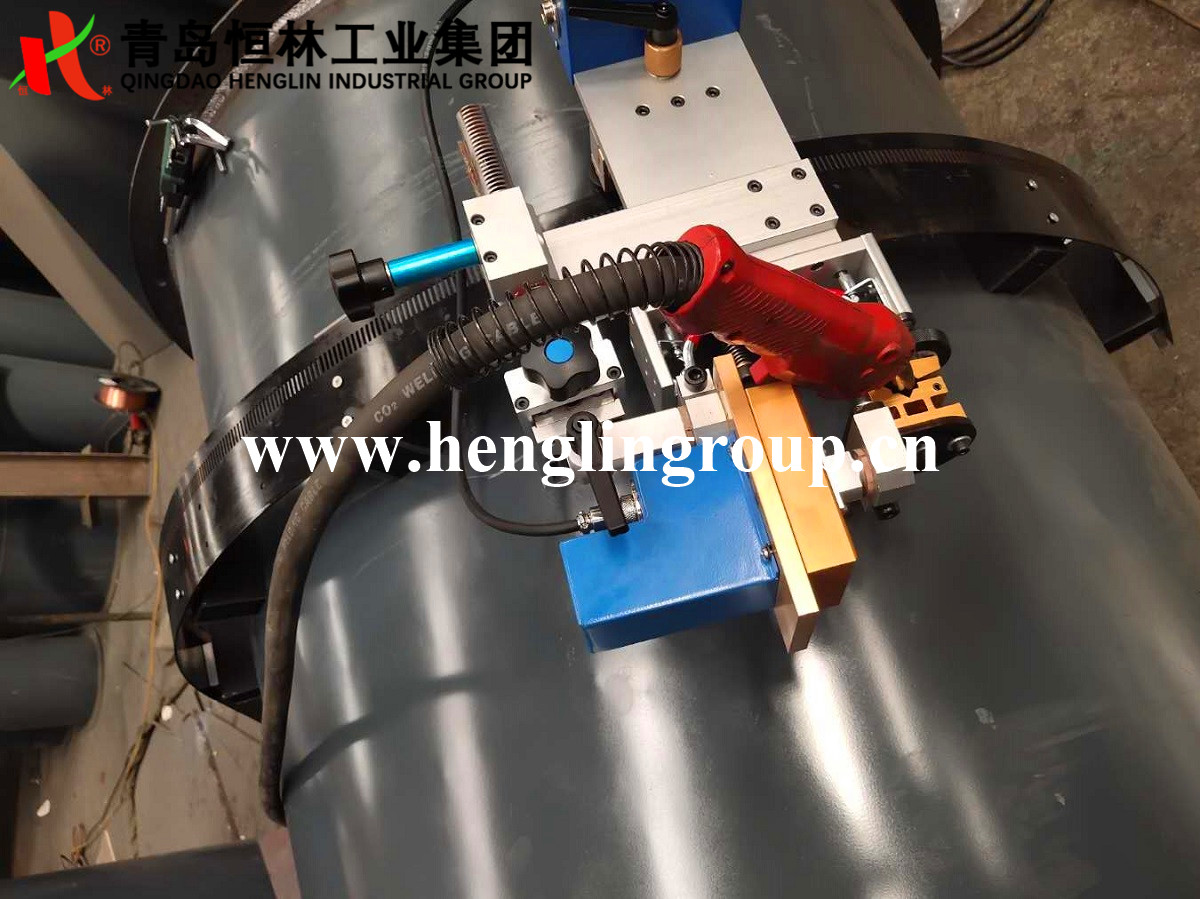Qingdao Henglin Industrial Group Co., Ltd.
We are currently one of the largest professional industrial research, design, manufacture throwing, shot peening equipment, environmental dust removal equipment, sand processing equipment, V / EPC production line, modeling / core equipment and automated molding equipment industry base.
© Copyright 2018 - Qingdao Henglin Industrial Group Co., Ltd.
Tel
+86-13869869238
ceoqu@henglingroup.cn
Welding robots are flexible, compact and stable
Classification:
Company News
Release time:
2019/10/30 15:22
Because the designed welding robot works in a quasi-planar and narrow space environment, in order to ensure that the robot can track the weld automatically according to the deviation information of the arc sensor, the designed robot should be compact, flexible and stable. Based on the characteristics of narrow space, we developed a small mobile welding robot. According to the motion characteristics of each structure of the robot, the robotic mechanism is divided into three parts: the wheeled mobile platform, the welding torch adjustment mechanism and the arc sensor. Among them, the wheeled mobile platform has large inertia and slow response, mainly for rough tracking of the weld seam, the welding torch adjustment mechanism is responsible for precise tracking of the weld seam, and the arc sensor completes the real-time identification of weld deviation. In addition, the robot controller and motor driver are integrated on the robot mobile platform to make it smaller. At the same time, in order to reduce the impact of dust on moving parts in a harsh welding environment, a fully enclosed structure is adopted to improve the reliability of the system.

Spot welding is not very demanding on welding robots. Because spot welding requires only point control, there is no strict requirement for the movement of the welding tongs between points. This is the reason why robots can only be used for spot welding at the earliest. The spot welding robot not only needs to have sufficient load capacity, but also has a faster speed when moving between points, a smooth motion, and accurate positioning to reduce the shift time and improve work efficiency. How much load capacity a spot welding robot needs depends on the type of welding tongs used. For welding tongs used for transformer separation, a robot with a load of 30 to 45 kg is sufficient. However, on the one hand, the welding tongs have large electrical energy loss due to the length of the secondary cable, and are not conducive to the robot to extend the welding tongs into the workpiece. On the other hand, the cable runs without the robot moving, and the cable is damaged quickly. . Therefore, the use of integrated welding tongs is gradually increasing. This welding tongs together with the transformer quality is around 70kg. Considering that the robot has sufficient load capacity, the welding tongs can be sent to a space position for welding with a large acceleration, and a heavy-duty robot with a load of 100 to 150 kg is generally selected. In order to meet the requirements of short-distance rapid displacement of welding tongs during continuous spot welding. The new heavy-duty robot adds the ability to perform 50mm displacement in 0.3s. This puts higher requirements on the performance of the motor, the operation speed of the microcomputer and the algorithm.


Key words:
Previous article:
Henglin Automation Modeling Machine Overview











